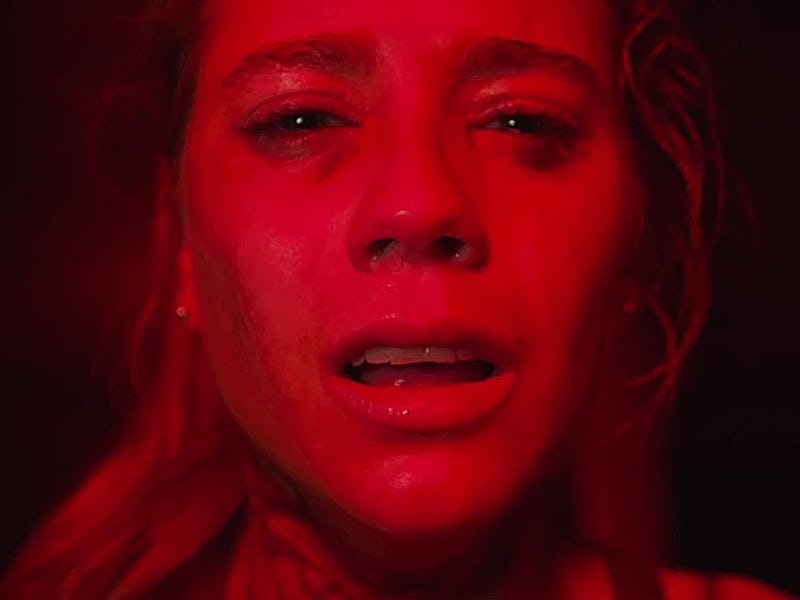Why Found Footage Movies Are So Hard to Get Right
What precisely makes a bad cheap movie bad?

The road to failure, Beverly Boulevard headed away from downtown LA, is littered with found-footage thrillers. For every effective entry into this subgenre there are a dozen attempts that completely — and often hilariously — unravel. In fact, failed found-footage films have become their own sub-subgenre, a category defined by predictable but almost entirely unavoidable mistakes.
The found footage keeps coming because it’s cheap. The horror genre turns thriftiness into low art, opening the door for filmmakers with little more than a camera and some would-be actors’ phone numbers. But all it takes is one misstep, one small edit or illogical moment in the story and everything goes to shit. Evidence of a ghost or a witch or a serial killer becomes evidence of incompetence. But what are the specific mistakes that relegate some films to Netflix obscurity while others, like Warner Bros’ upcoming The Gallows, get massive releases?
There are three places things go wrong.
The Editing Room
Making one small cut in a found footage film can derail everything. Cloverfield understood the camera could not abandon its single-camera narrative, whereas a more recent entry like the vampire thriller Afflicted seemed to jump from one angle to the next without any explanation. It’s enticing for filmmakers to add a small cut here or there to heighten the tension or give audiences the perfect shot. But, in the case of found footage, keen viewers will notice not the perfect shot, but the narrative structure being subsumed by the director’s vision. The key to keep one of these movies cohesive is remembering that it can’t be too cohesive.
The Arc
If heavy editing makes a found footage movie into a poorly shot feature, than a lack of editing makes it into a home video. Character set up and exposition is one thing, driving around in a car looking at maps or being lost in the woods is another thing altogether. Setting up a two-minute scare sequence near the end of the film with an hour of Google Maps doesn’t work. The urtext of found footage, The Blair Witch Project, was guilty of this, but groundbreaking enough to get away with it. That’s not gonna happen again.
The Writing Process
Too often, logic is checked at the door in these films. Not necessarily structural or factual logic, more of a “why the hell are they still filming this” logic. That was a problem with the aforementioned Cloverfield. Where it succeeded structurally, Cloverfield became a chore to try and justify. Why would anyone still be filming instead of running for their life? The issues with logic in found footage somewhat push back against the boredom issues that can arise, setting up a tightrope over two pitfalls. It’s all about maintaining a delicate balance.
Perhaps The Gallows has a firm grasp on what makes found footage work, and knows what to avoid. There must be something to Travis Cluff and Chris Lofing’s thriller, because Warner Bros. didn’t snatch it up and drop it in the middle of the summer movie season because it is a failed exercise. We’ll see what went right on July 10.